Retro Replay Review
Gameplay
Osmos delivers a deceptively simple premise that evolves into a deeply strategic experience. You begin as a tiny mote drifting in a serene, enclosed environment, using gentle mouse clicks or holds to propel yourself in a chosen direction. Every thrust expends a fragment of your mass, forcing you to balance aggression with conservation. Touching smaller motes absorbs them, growing your size, while contact with larger bodies means instant absorption by the environment—creating a constant tension between risk and reward.
(HEY YOU!! We hope you enjoy! We try not to run ads. So basically, this is a very expensive hobby running this site. Please consider joining us for updates, forums, and more. Network w/ us to make some cash or friends while retro gaming, and you can win some free retro games for posting. Okay, carry on 👍)
The core mechanic is reminiscent of Asteroids’ inertial movement and flOw’s organic progression, yet Osmos refines it into a more delicate dance. Levels introduce varied objectives—from chasing and absorbing a specific organism to surviving in a dense cluster of hostile motes. Later stages add orbital paths around massive attractors and antimatter motes that shrink you on contact. These twists demand careful planning, precise thrusts, and even time manipulation to slow down or speed up the flow, preserving precious mass when navigating tight corridors.
The game’s learning curve is gentle, thanks to early tutorial levels that clearly illustrate thrust control, zooming, and absorption mechanics. As you progress, new challenges emerge organically: timed chases where slowing time is crucial, crowded arenas requiring deft movement, and stealth-like obstacles that punish thoughtless bursts of speed. This evolving complexity ensures that each stage feels fresh and encourages mastery of Osmos’s unique physics-based gameplay.
Graphics
Osmos embraces a minimalist visual style that feels both modern and timeless. Its clean, abstract design uses softly glowing circles against stark backdrops, creating a sense of vast emptiness punctuated by radiant life. The seamless zoom feature lets you appreciate the fine details of particle trails and sub-mote tendrils, or step back to view the entire environment as a delicate ballet of motes and attractors.
Subtle particle effects underscore every action: your mote leaves a faint, drifting trail of fluid droplets with each thrust, visually reinforcing the cost of movement. When absorption occurs, overlapping glows blend and ripple outward in satisfying bursts of light. These elegant transitions, coupled with smooth animations, make every encounter feel like an organic process rather than a rigid game event.
The color palette shifts gently between levels, moving from cool blues and purples in early stages to warmer oranges and reds during more intense challenges. This visual progression mirrors your journey, heightening immersion as you grow, shrink, and navigate increasingly complex arenas. Osmos’s aesthetic proves that less can indeed be more, achieving a polished look without clutter or unnecessary flourish.
Story
While Osmos lacks a traditional narrative with characters or dialogue, it weaves an implicit story of growth, survival, and cosmic balance. Each level represents a new chapter in your mote’s life: birth in a sparse environment, a struggle for resources, ascension into larger realms, and eventual encounters with antimatter that test your mastery of the game’s rules. This abstract journey resonates emotionally, akin to watching a single-cell organism evolve across celestial stages.
The game’s atmosphere—reinforced by ambient music and the ebb and flow of each level—creates a meditative space for reflection. You become immersed in the gentle hum of electronic pulses, syncing your breathing with the rhythm of thrust and drift. Though there’s no text or voice-over driving the narrative, Osmos communicates its themes through gameplay and aesthetics, inviting players to project their own interpretations onto its minimalist world.
Osmos’s unspoken storyline emphasizes the cyclical nature of growth and decay. Absorbing motes to become larger only to risk being absorbed by something greater mirrors broader concepts of ambition and humility. This understated narrative depth gives Osmos a contemplative quality, making each victory and defeat feel personally meaningful.
Overall Experience
Osmos stands out as an atmospheric gem that combines tranquil presentation with surprisingly deep mechanics. The seamless integration of physics-based movement, mass management, and dynamic objectives keeps players engaged for hours, whether seeking to perfect a level or simply unwind in its hypnotic environments. The learning curve is well paced, ensuring newcomers feel capable while offering seasoned players plenty of strategic depth.
The game’s audiovisual synergy is particularly noteworthy: the ambient soundtrack by Loscil and gaslamp killer underscores the sense of drifting through vast cosmic spaces, while the visuals reinforce a balance between simplicity and subtle complexity. This harmonious blend transforms gameplay sessions into almost therapeutic experiences, ideal for those who appreciate meditative puzzles rather than fast-paced action.
Ultimately, Osmos offers a unique fusion of art and design. It may appeal less to fans of traditional, high-octane games, but for anyone drawn to thoughtful, elegant mechanics and minimalist beauty, Osmos is a must-play. Its enduring appeal lies in the satisfaction of mastering its delicate balance of movement and mass, and in the quiet wonder of watching your mote grow and navigate a universe built from living, breathing particles.
 Retro Replay Retro Replay gaming reviews, news, emulation, geek stuff and more!
Retro Replay Retro Replay gaming reviews, news, emulation, geek stuff and more!
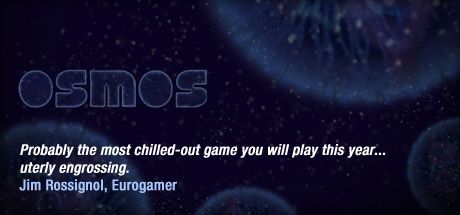
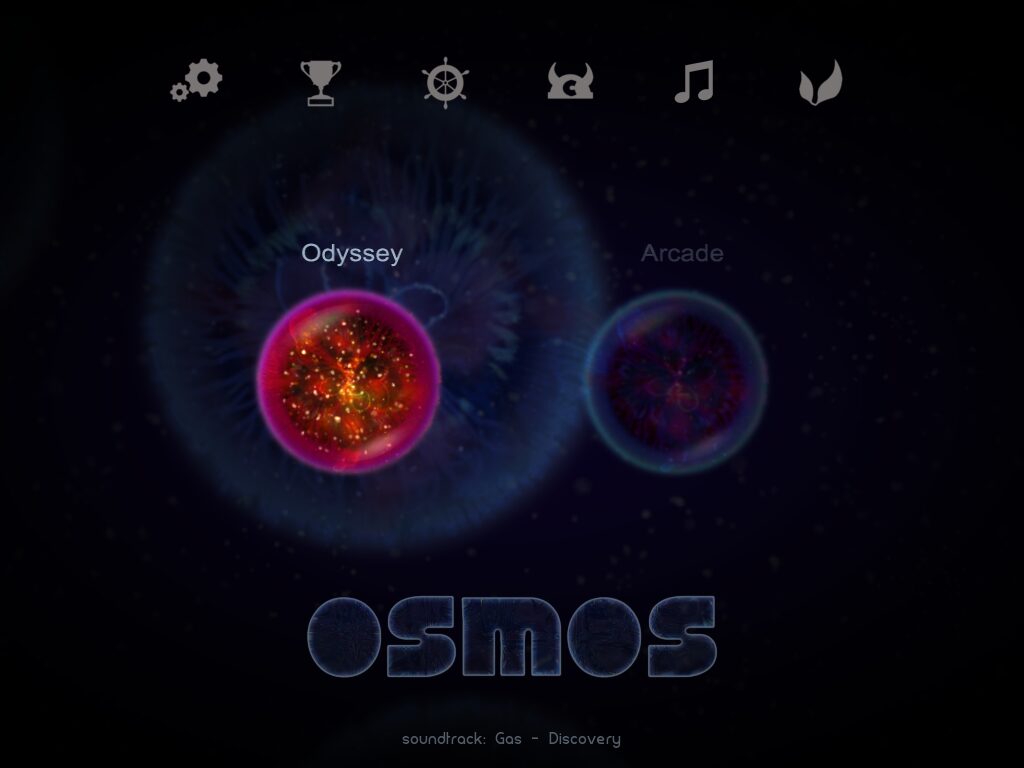
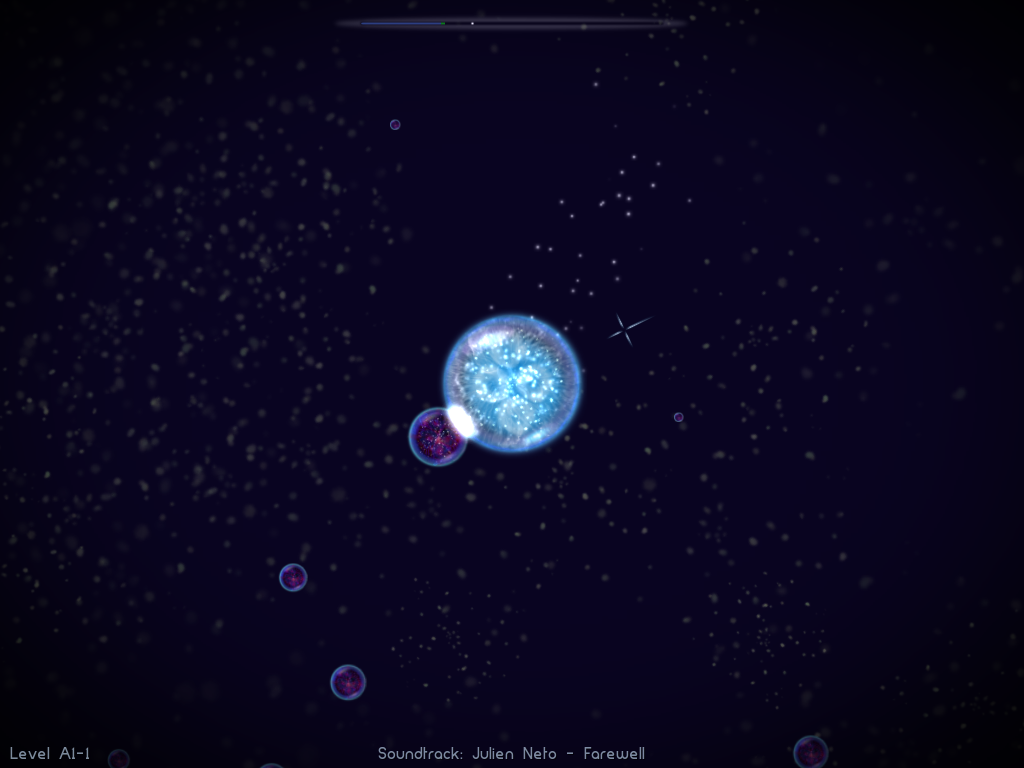
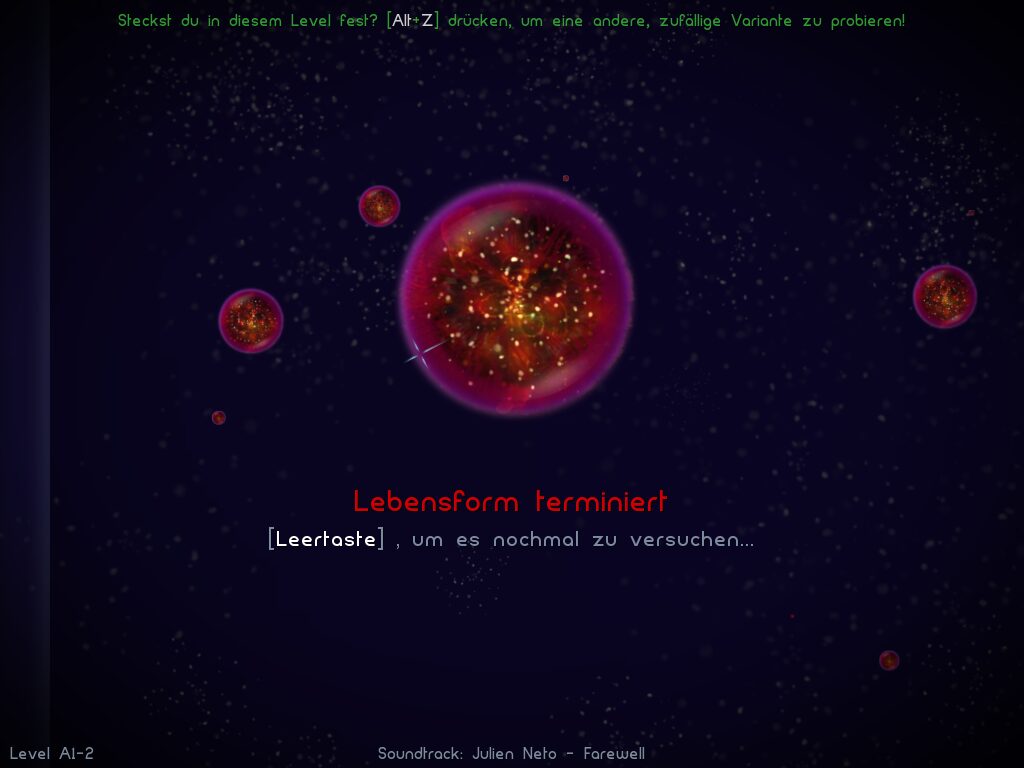
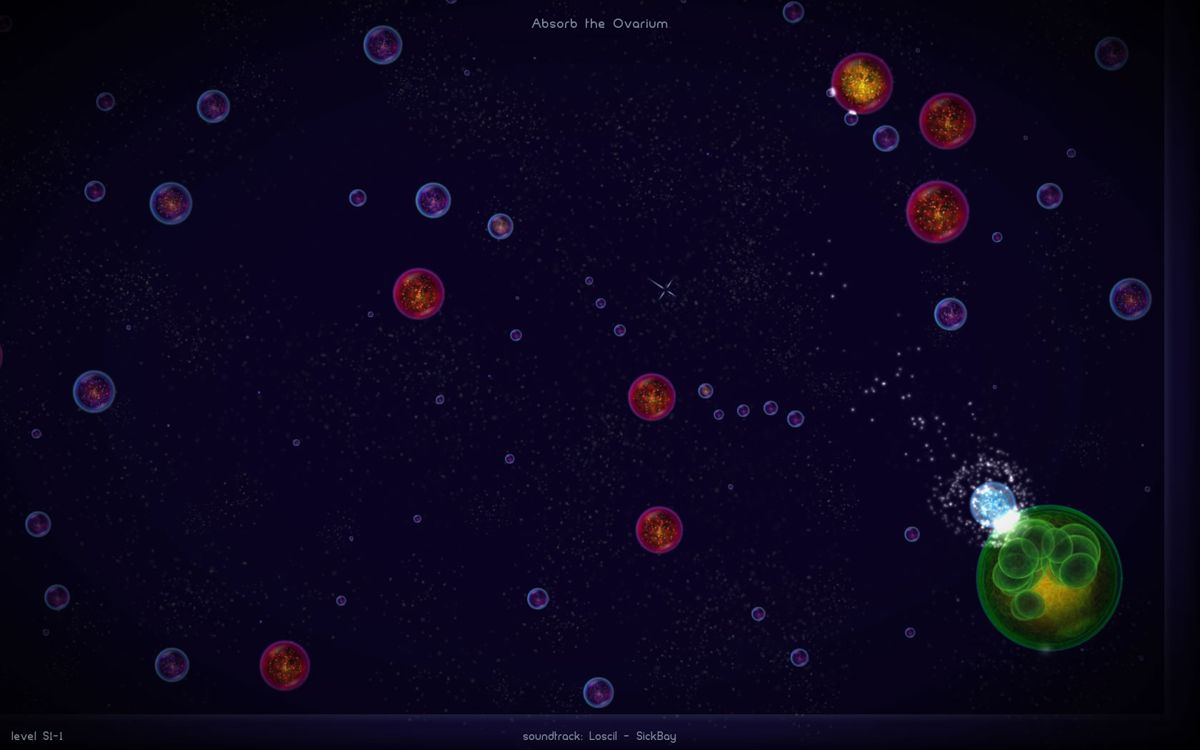
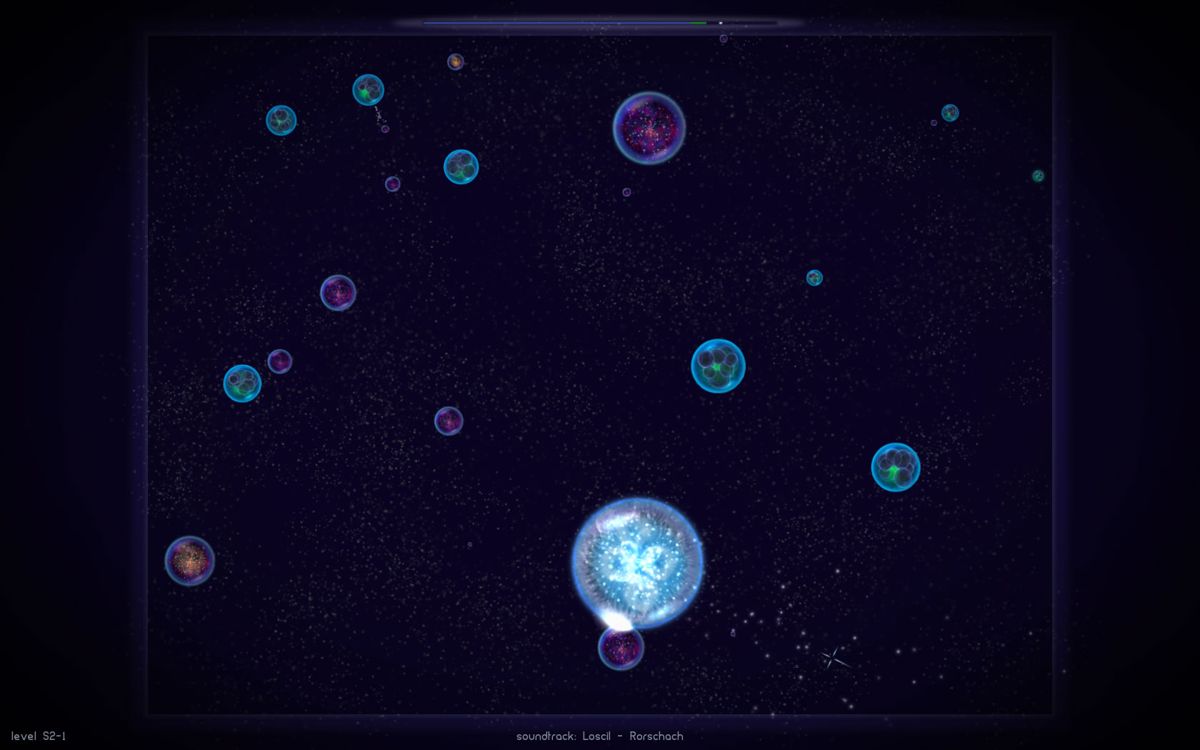
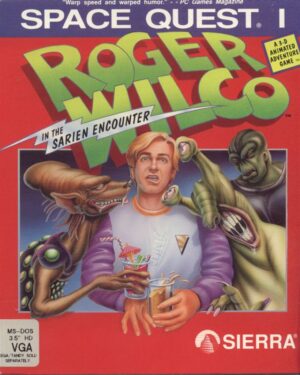


Reviews
There are no reviews yet.